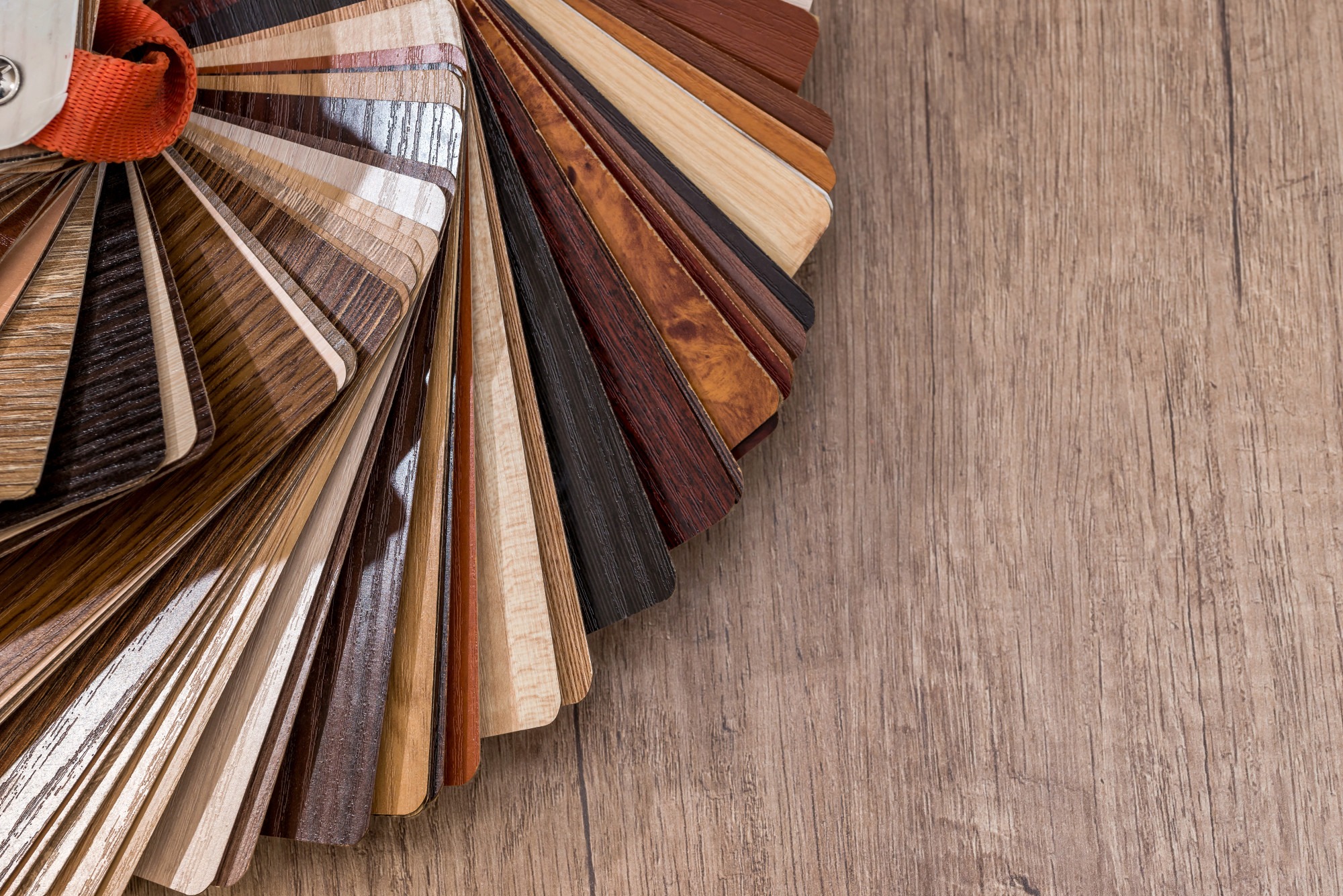
Different Types of Flooring Options for Your Home
The global market size for flooring is expected to surpass $409 billion in 2021. By 2021, that figure will skyrocket to $621.54 billion.
It’s easy to see why flooring is so much in demand. Flooring plays an essential part in a home’s overall interior design. The type of flooring option will not only determine how your interior space looks, but also how much maintenance you need to invest in to keep the floor functional.
Currently, there are many different types of flooring on offer. Before you choose one, it pays to do a little research and determine its strengths and drawbacks.
Note that no single type of flooring is perfect for every room in your home. In today’s post, we take a look at some of the most popular flooring types in Australia today.
Let’s get started.
Hardwood
Hardwood flooring has consistently been among the most popular types of flooring in Australia for decades. Its installation is quite simple, requiring nailing wooden planks or boards to a wooden subfloor.
Wood flooring can be made from numerous types of wood, from domestic species to exotic options.
You can opt to buy the flooring either as finished or unfinished. Choosing prefinished wood flooring generally means less installation work and ultimately costs less.
One of the top reasons homeowners love hardwood flooring is its warm, classy appearance. The flooring looks great in just about any home style and interior decor. Hardwood is also incredibly long-lasting and can be refinished multiple times before it requires replacement.
Wood flooring is also one of the surest ways to increase home value. Expect an ROI of up to 80 per cent.
Maintenance is also quite easy. Regular sweeping is enough to keep the floor clean.
Perhaps the main drawback with hardwood flooring is that it doesn’t withstand rough handling. Besides, the flooring can warp when exposed to moisture for extended periods, which makes it a poor choice for bathrooms. Fluctuations in temperature can also cause the flooring to swell and shrink.
Ceramic Tile
Ceramic tile flooring is another popular option for Australian homeowners looking for an eye-catching flooring option. The material is made from a mixture of shale and clay.
Ceramic flooring comes in a wide variety of shapes, patterns, and colours. Thus, you can always get a solution that works best for you.
When it comes to ceramic, you can choose from four different types of floor tiles:
Porcelain Tile
Porcelain is fired at extremely high temperatures, which makes it extra-hard. Thus, it’s one of the most durable flooring solutions on the market.
The tile is available in both glazed and unglazed options. Either is stain resistant. Porcelain tile works perfectly in outdoor spaces.
Glazed Ceramic
Glazed ceramic comes with a glass-like coating. The tile is available in just about every colour. One of the biggest benefits of this type of flooring is that it’s practically maintenance-free.
Terracotta
Terracotta is an unglazed tile that’s available in earth tones only. This type of ceramic tile requires regular sealing to avert stains.
Quarry Tile
Like terracotta, quarry tile is unglazed. That gives it a slightly rough texture, which makes it more slip-resistant compared to glazed tile. The main drawback of quarry tile is that it’s only available in a limited range of colours.
Laminate
Laminate flooring features a thin veneer placed over compressed fibre or layers of plywood. The top layer of the flooring is a photograph placed under a clear plastic coating. Thus, laminate flooring can closely mimic other flooring materials, such as wood, tile, and stone.
Laminate is available in both tiles and planks. Most options are floating floor systems that can be installed right over an existing floor without nails or glue.
One of the top reasons people opt for laminate flooring is its ability to look like other more expensive floors for a fraction of the cost. Laminate floors also require little maintenance. Moreover, these floors can resist dents, scratches, and stains.
One of the drawbacks of laminate flooring is that it can get slippery when wet. Thus, it shouldn’t be installed in bathrooms or damp basements.
Vinyl
Vinyl is among the most resilient following types on this list. The material feels softer underfoot compared to hardwood and tile.
The flexible flooring material is made of a PVC layer over a felt layer. Homeowners can also opt for cushioned vinyl, which comes with a thin layer of foam to make it softer and more comfortable to stand on. For those looking for more character, there’s a thicker vinyl option that features a textured surface, giving it the appearance of stone or wood.
Due to its resilience, vinyl can withstand heavy foot traffic. The material is also remarkably durable, despite being more affordable than most flooring options. Installation is quite easy, especially when it comes to peel-and-stick vinyl flooring.
But while vinyl is durable, the flooring material tends to be more vulnerable to gouging and scratching than other harder flooring types. Another drawback is that the flooring doesn’t allow refinishing once it has worn off, so you have to replace it entirely. There’s also the complaint that vinyl is not among the eco-friendly floors, given that it’s made from non-renewable PVC.
Know the Different Types of Flooring Available
With all the different types of flooring on the market today, deciding the right one for you can seem like a tough challenge. The secret is to weigh the benefits and drawbacks of the choices at your disposal to make sure you get the best value for your money.
Are you interested in reliable flooring solutions in your area? Please contact us today to learn how we can help.

0 comments